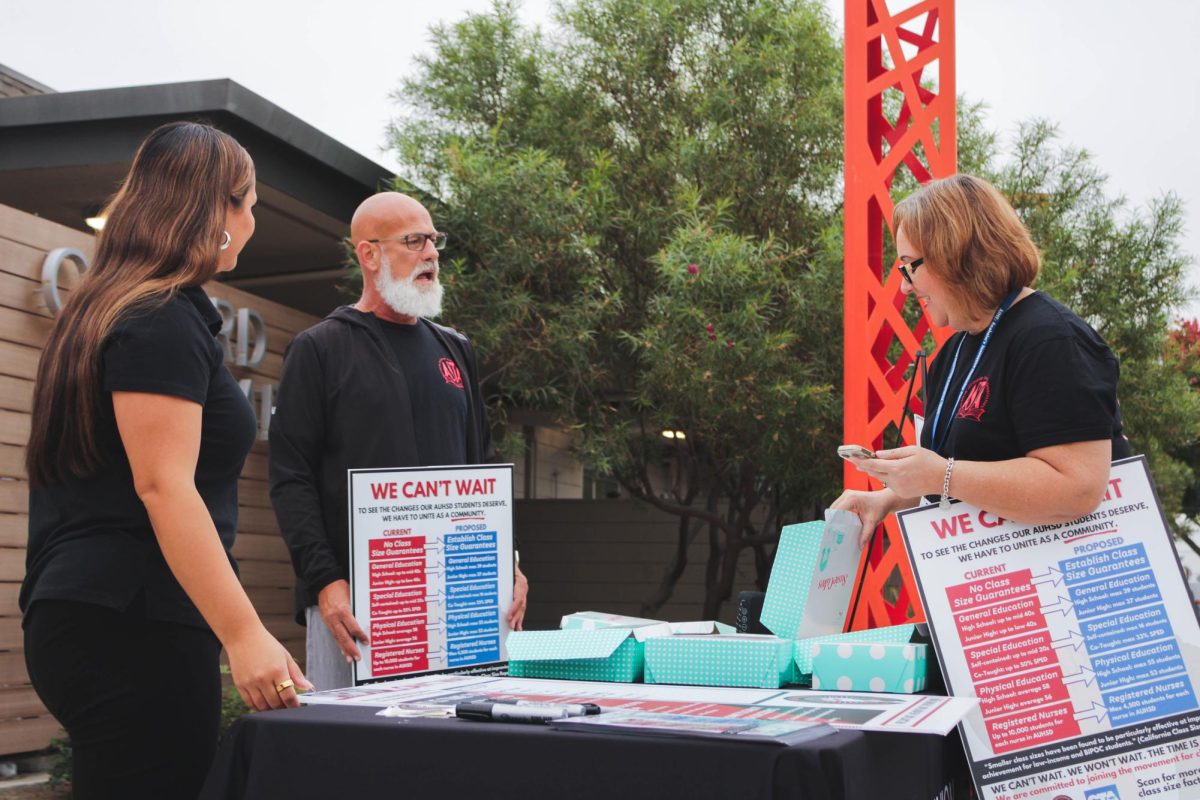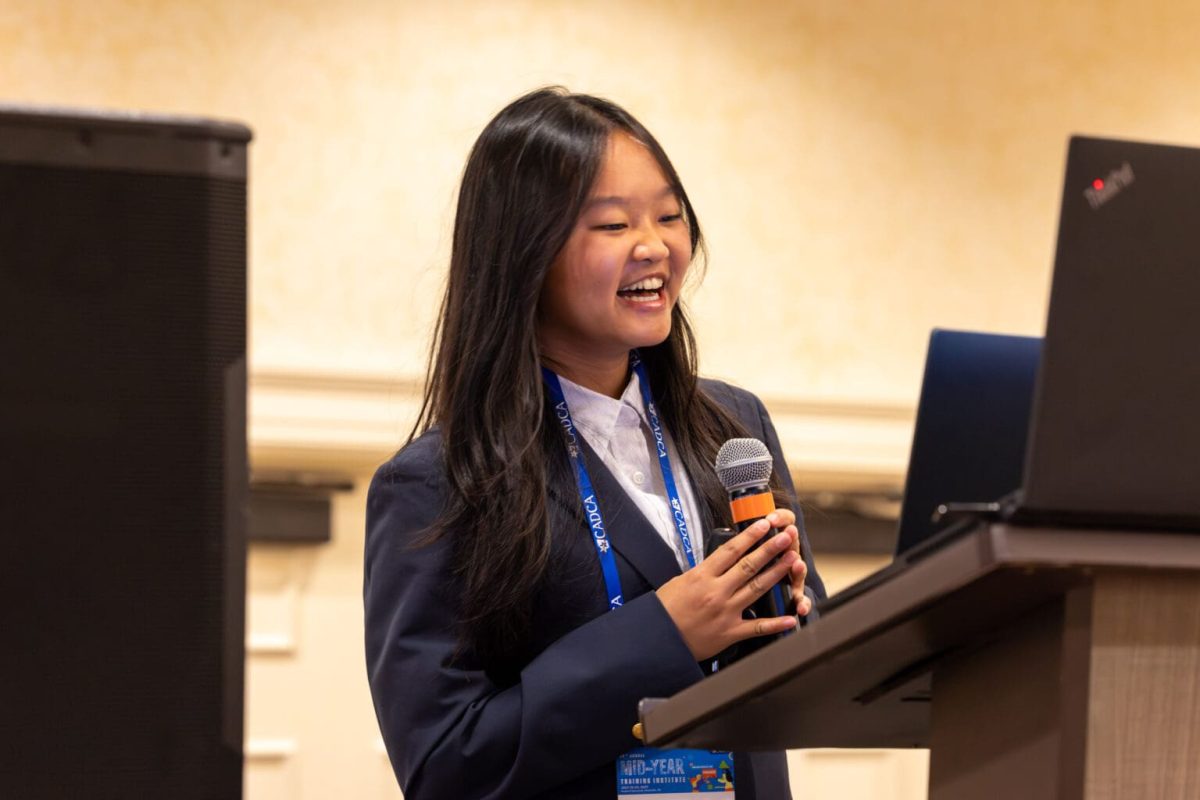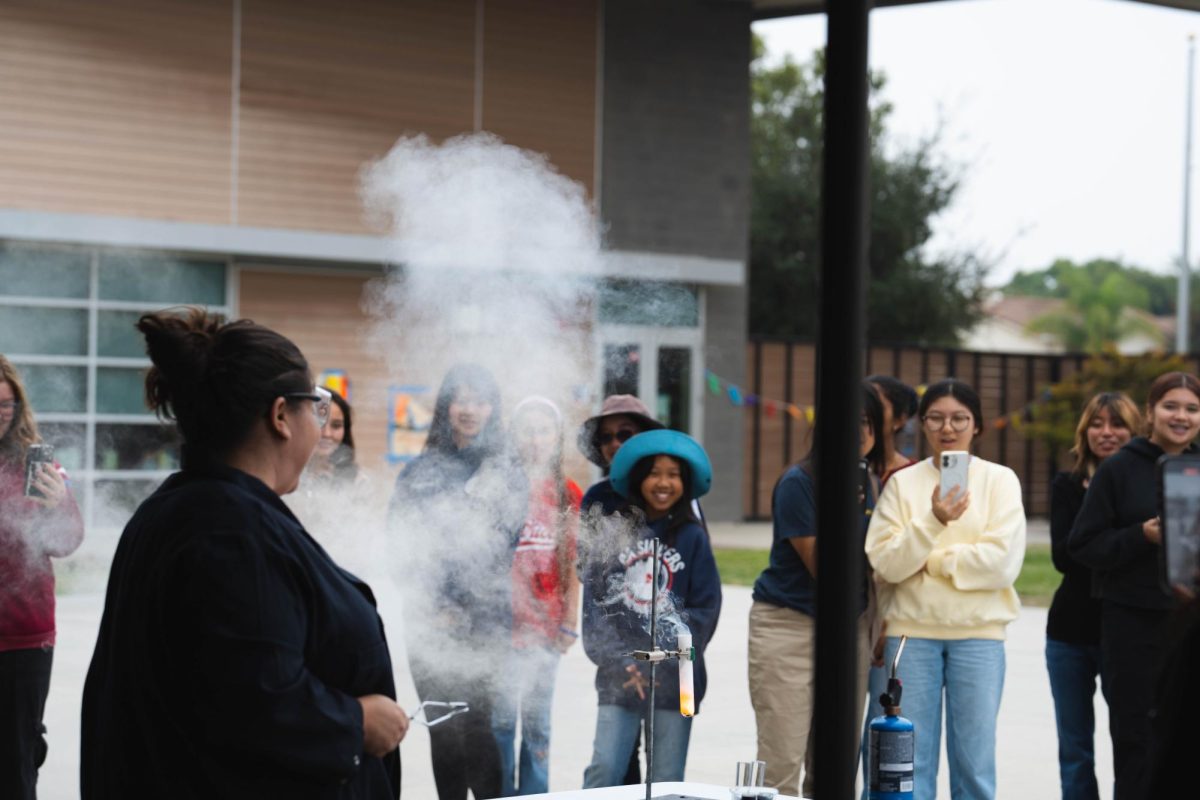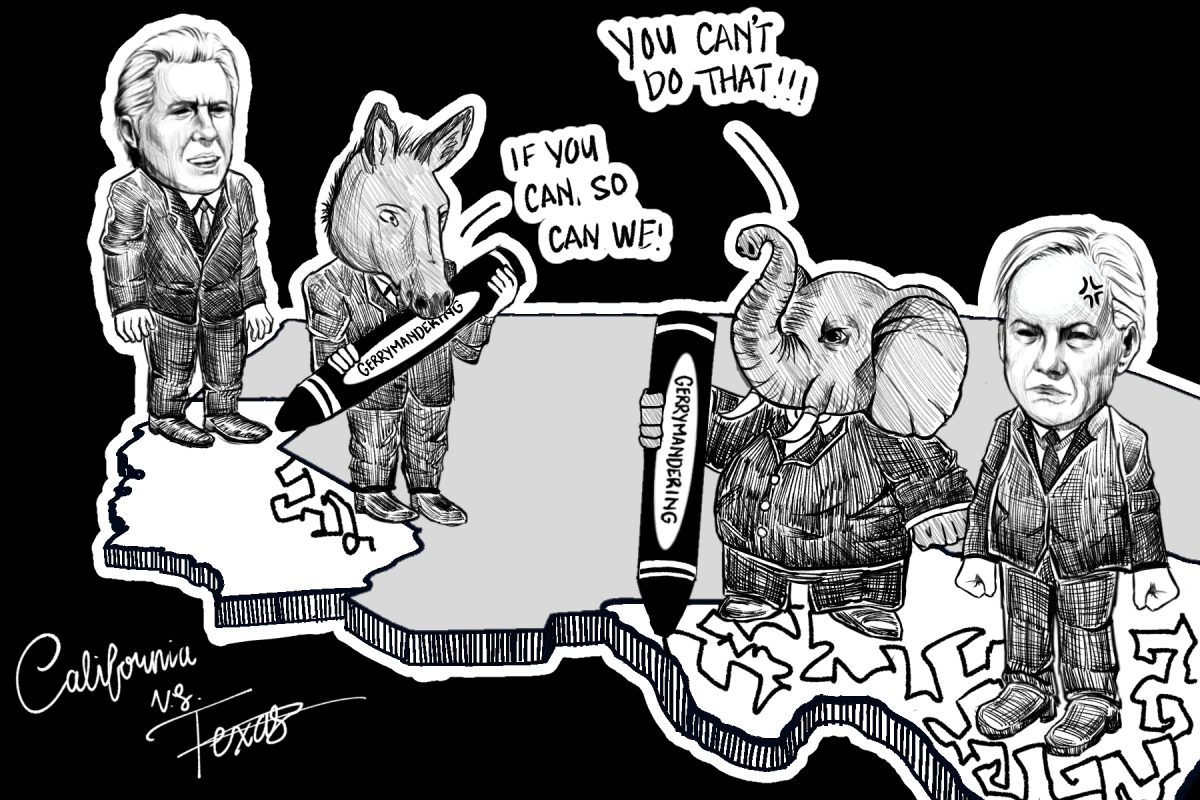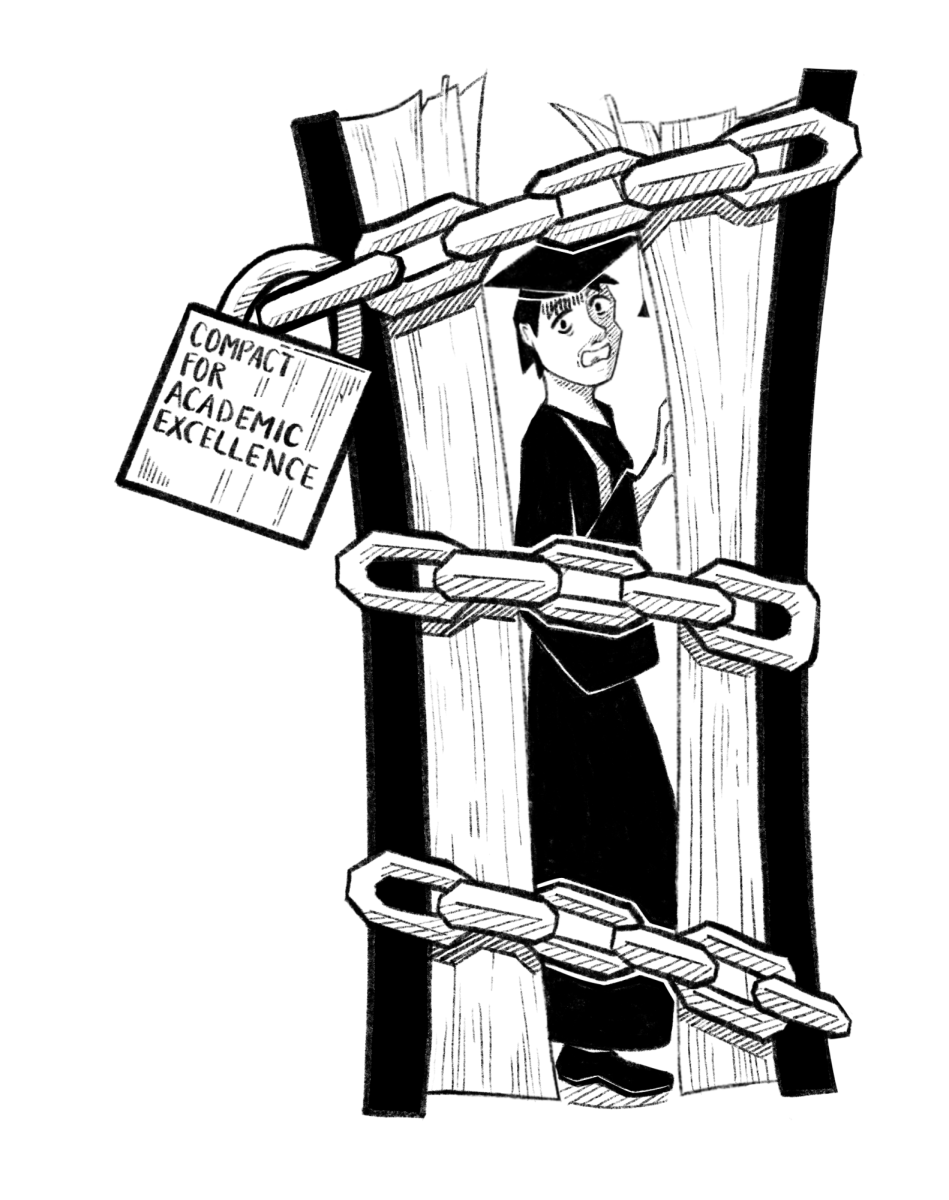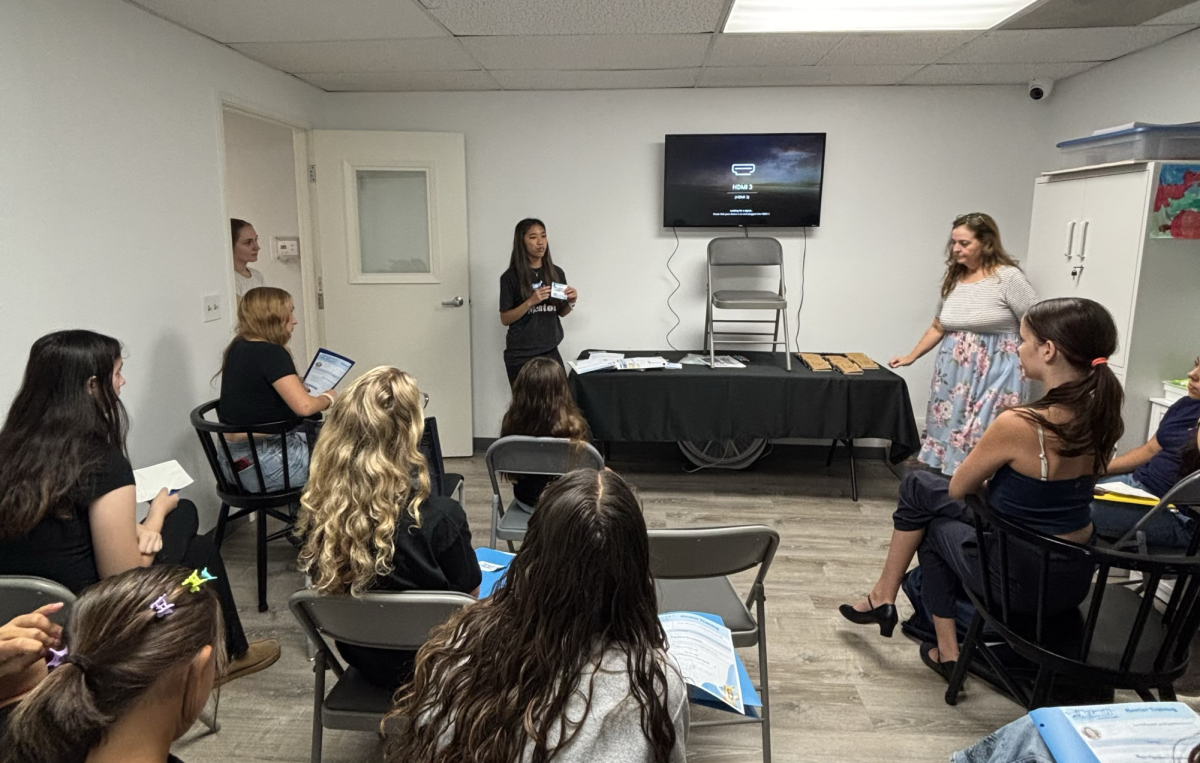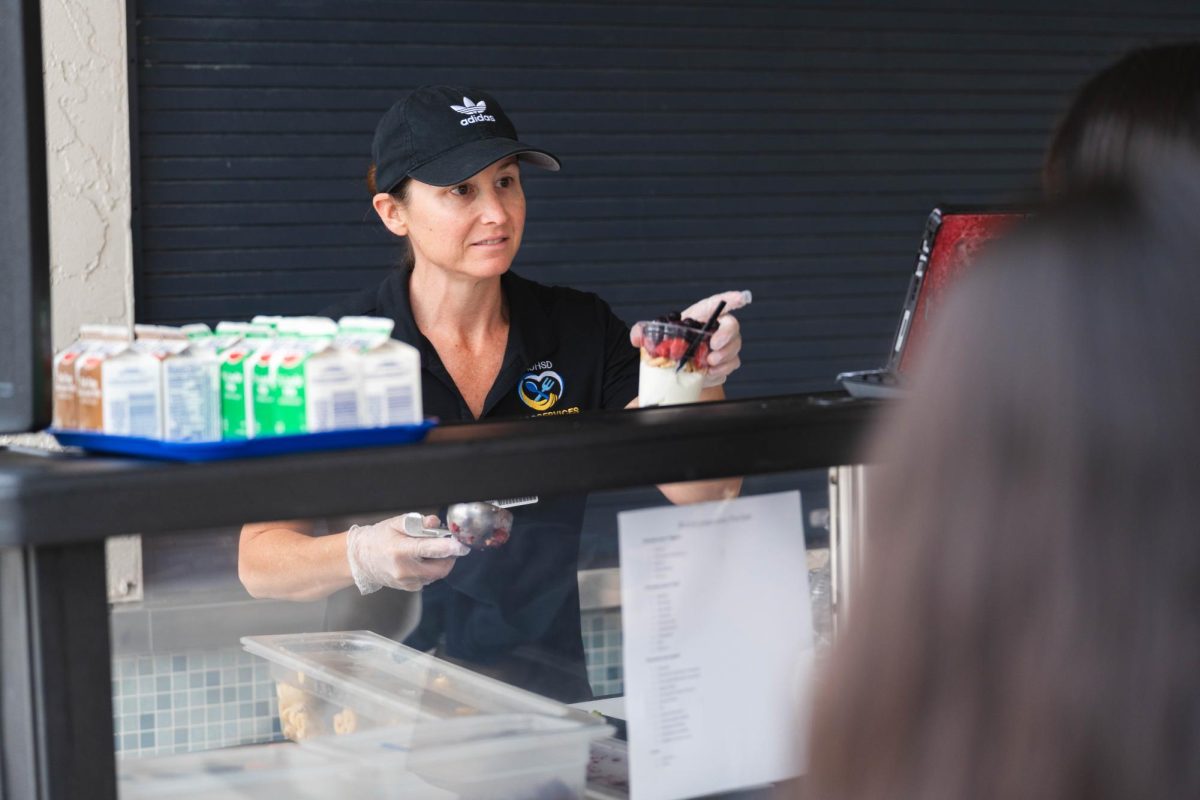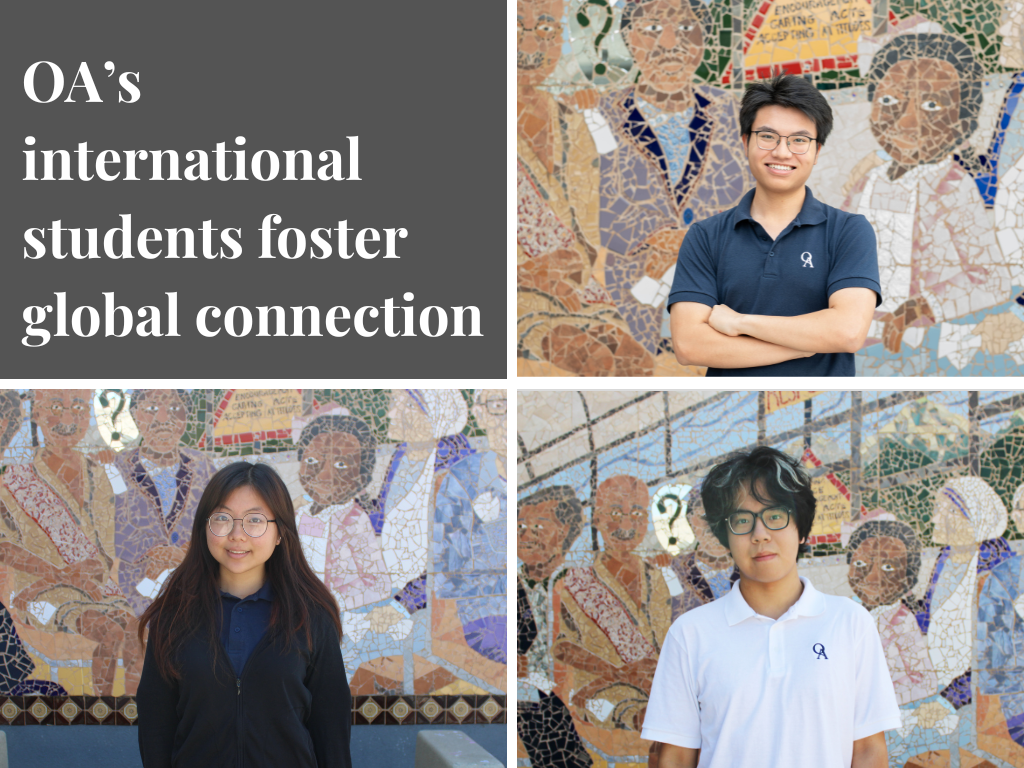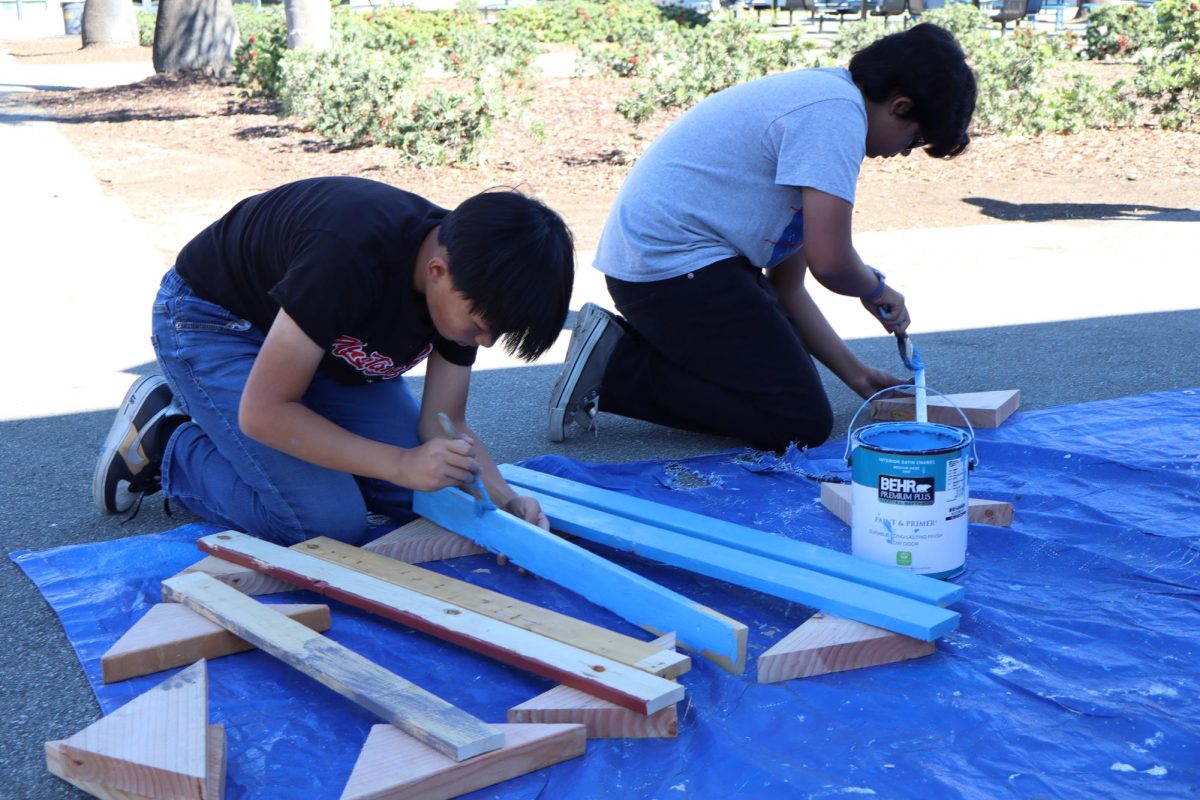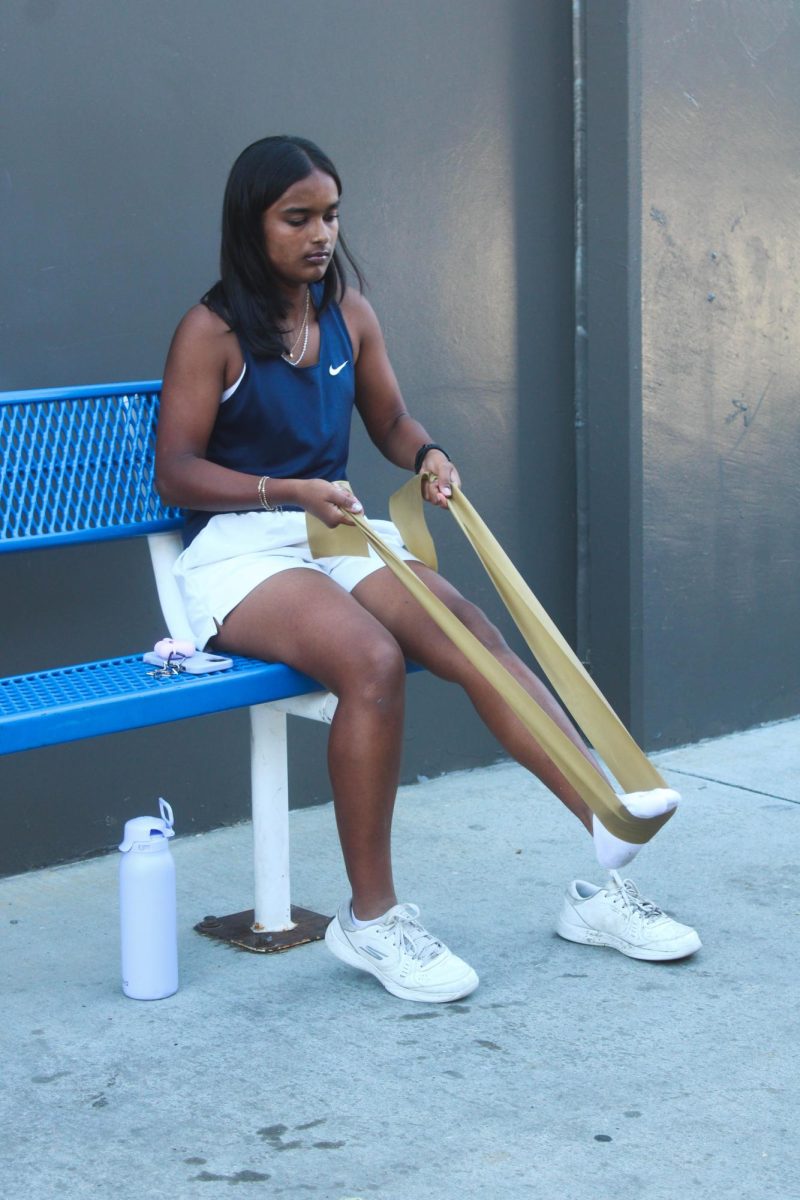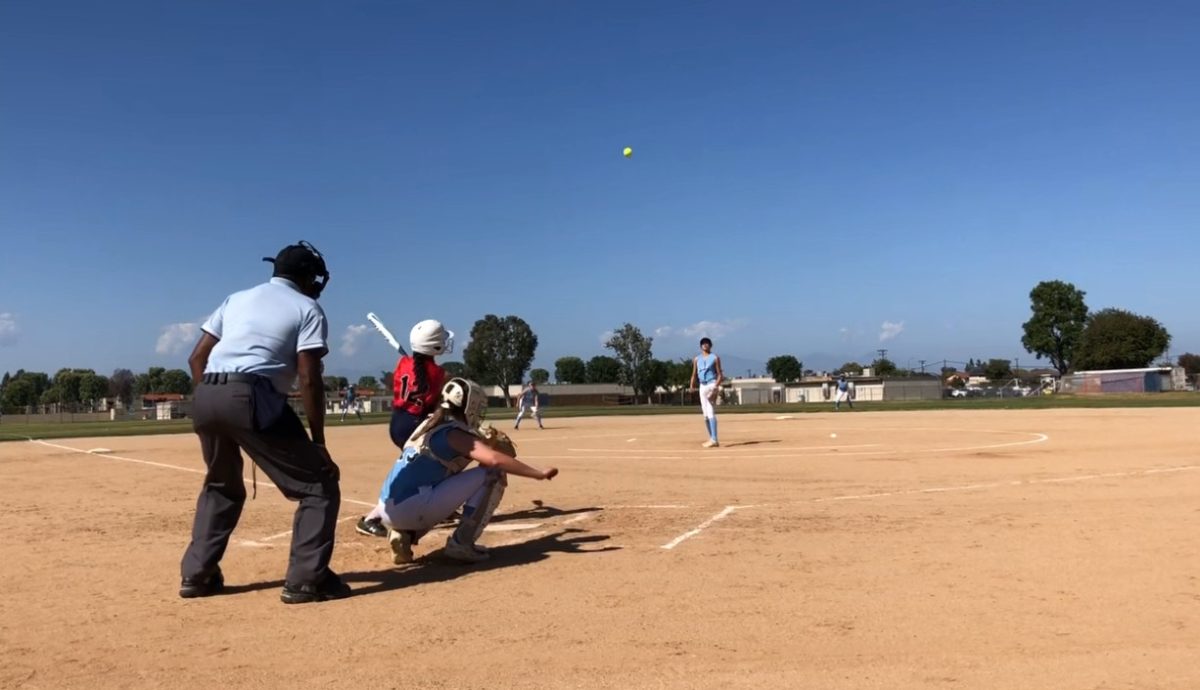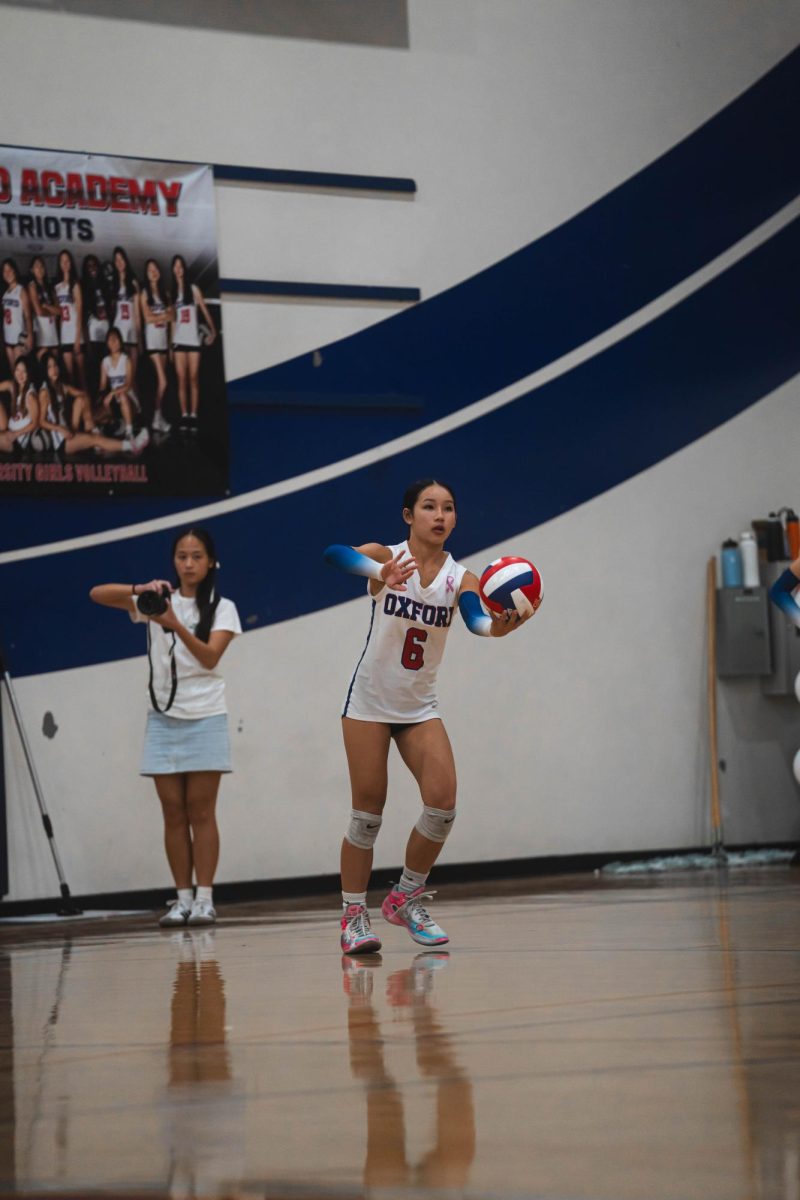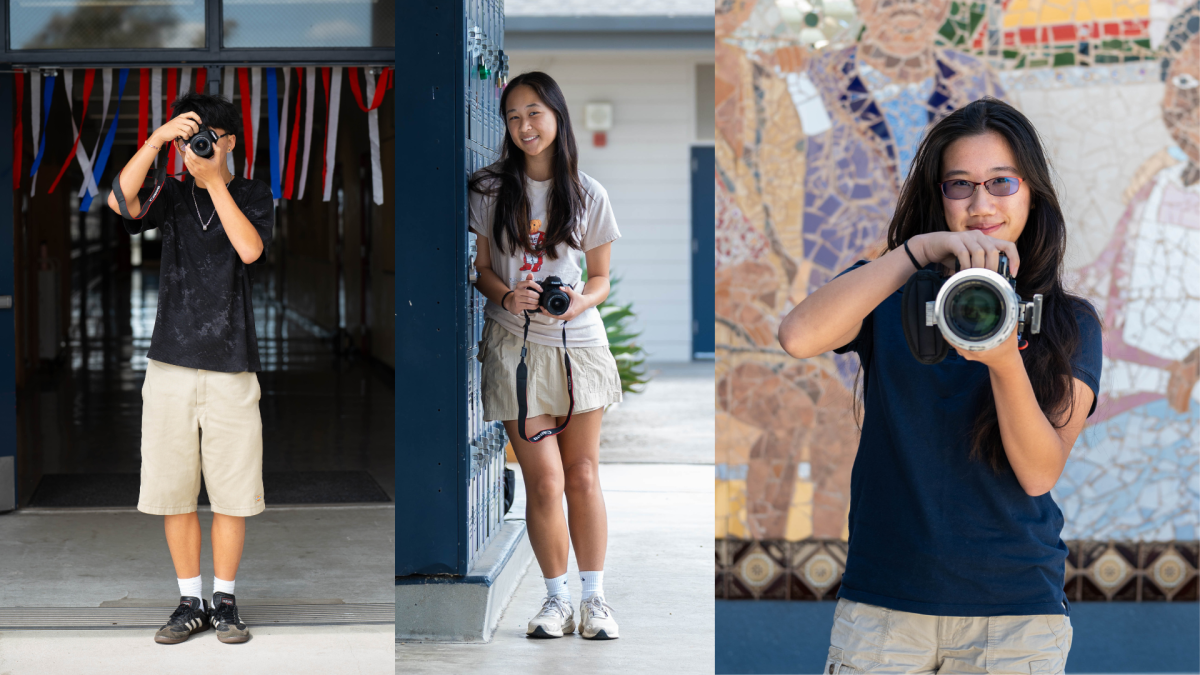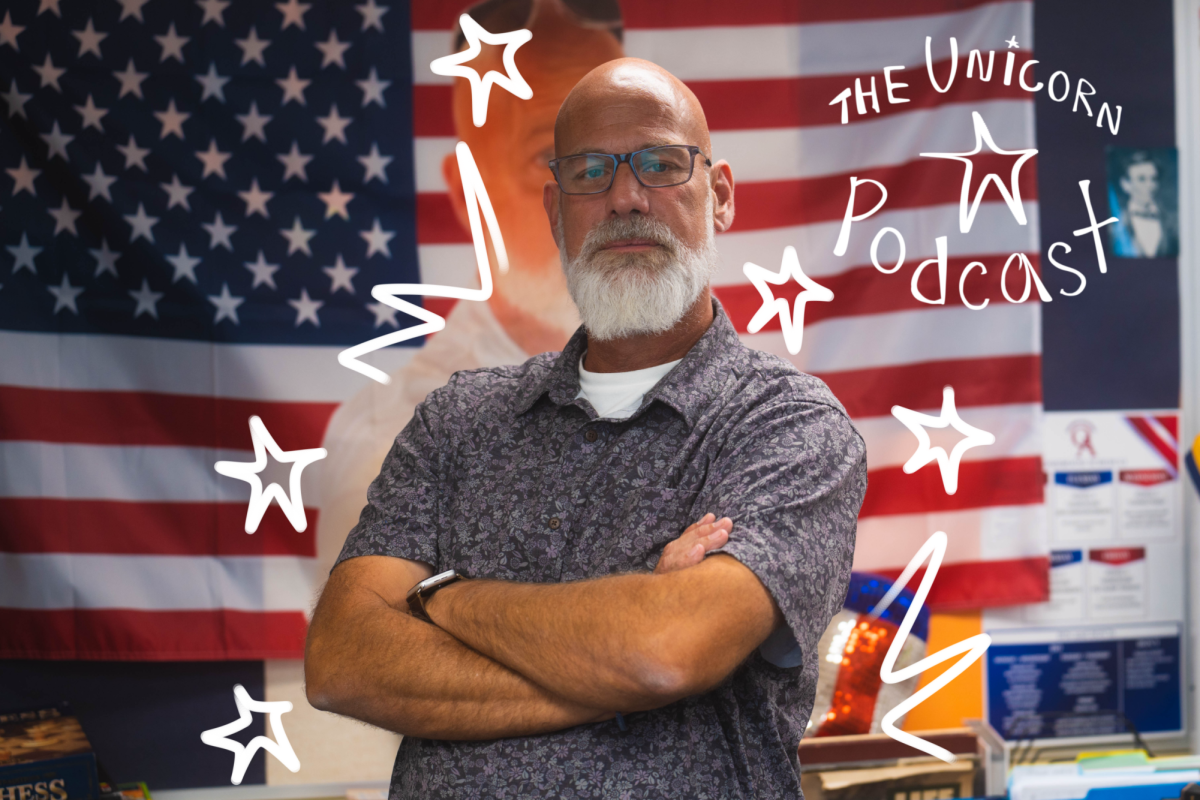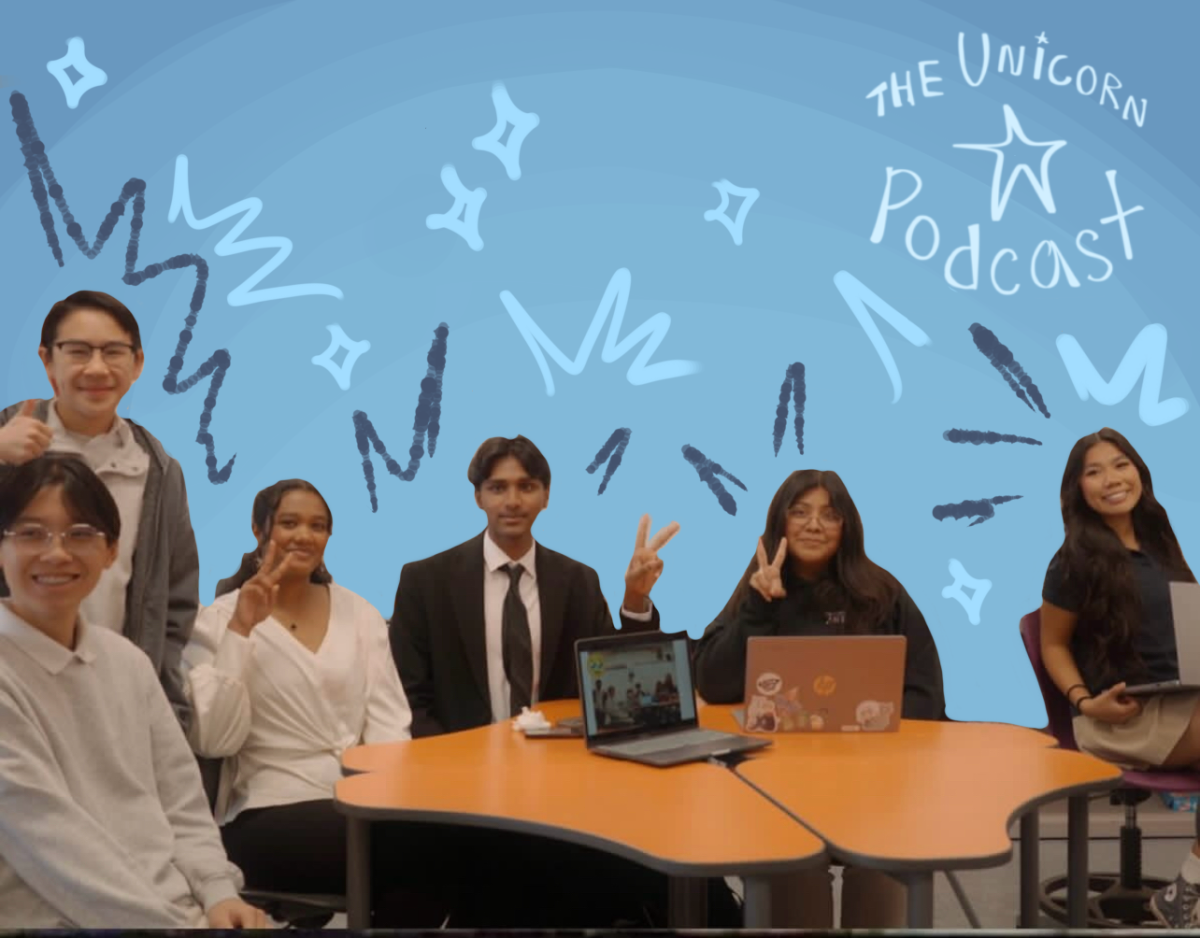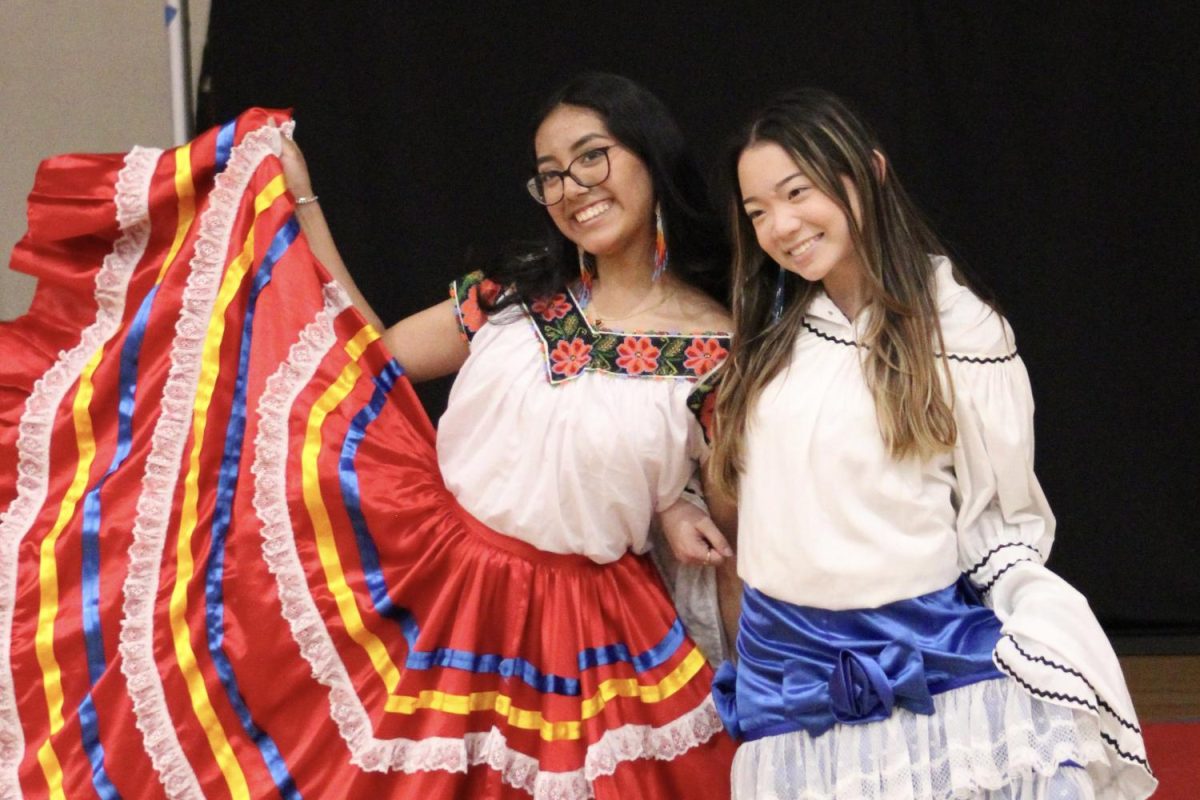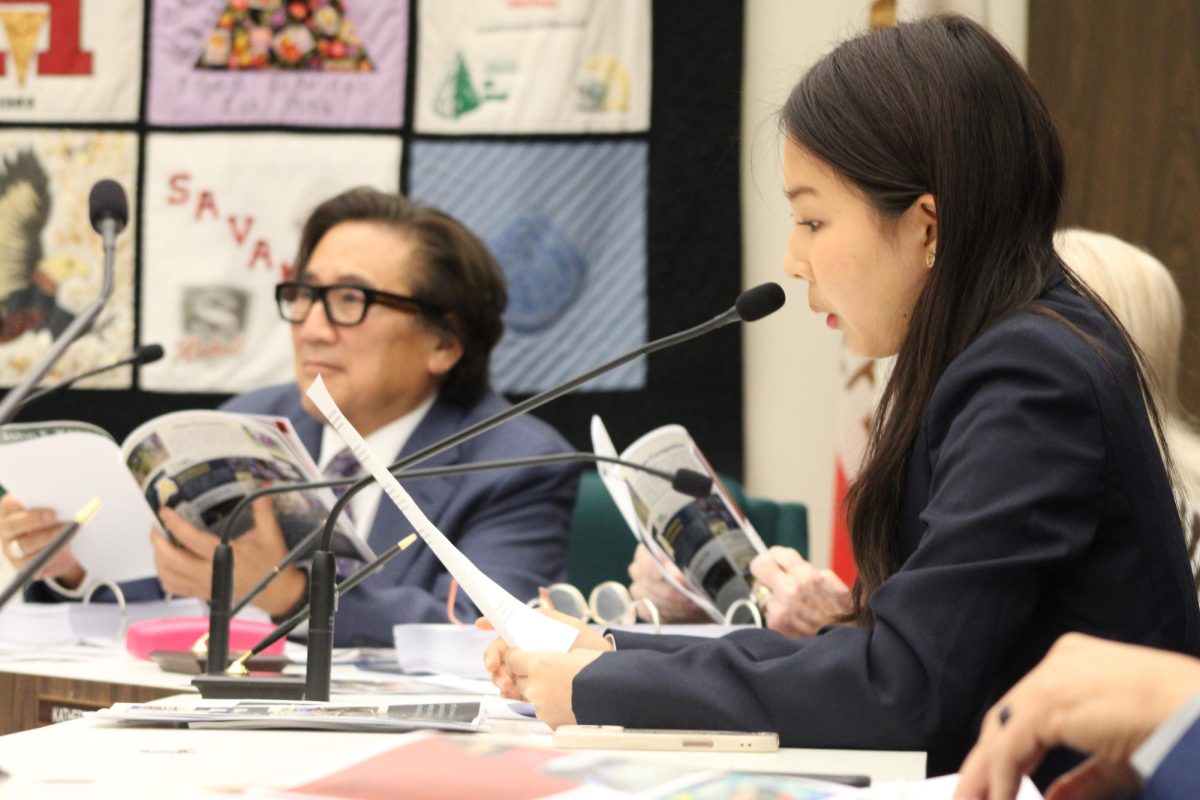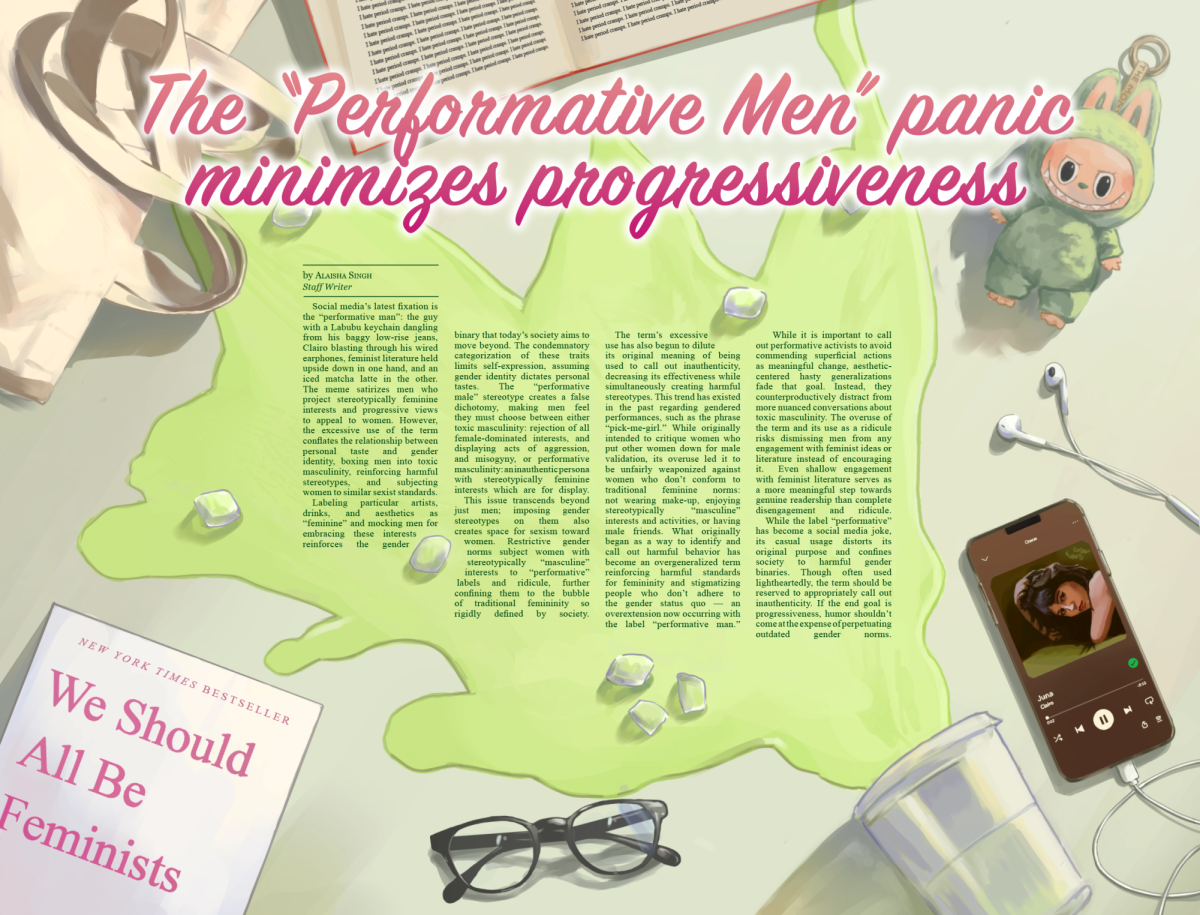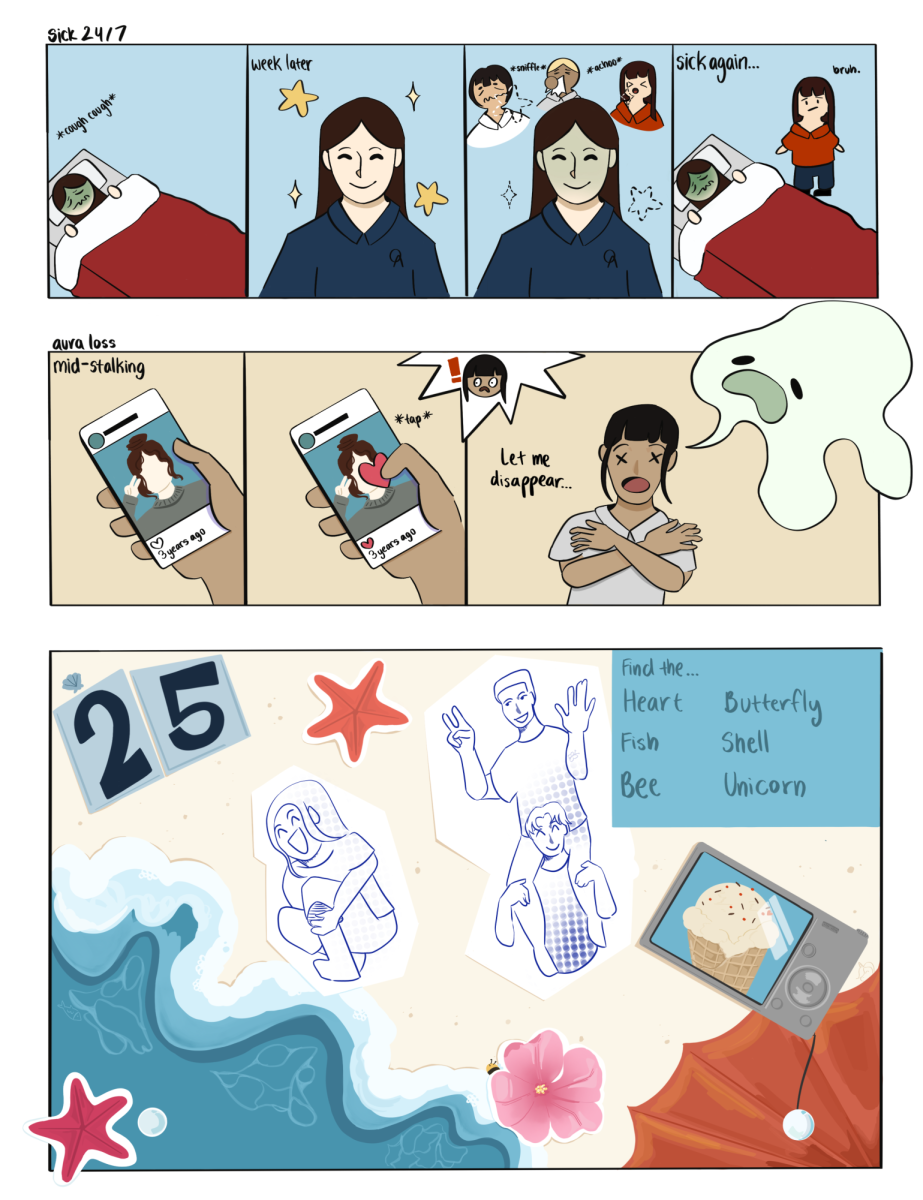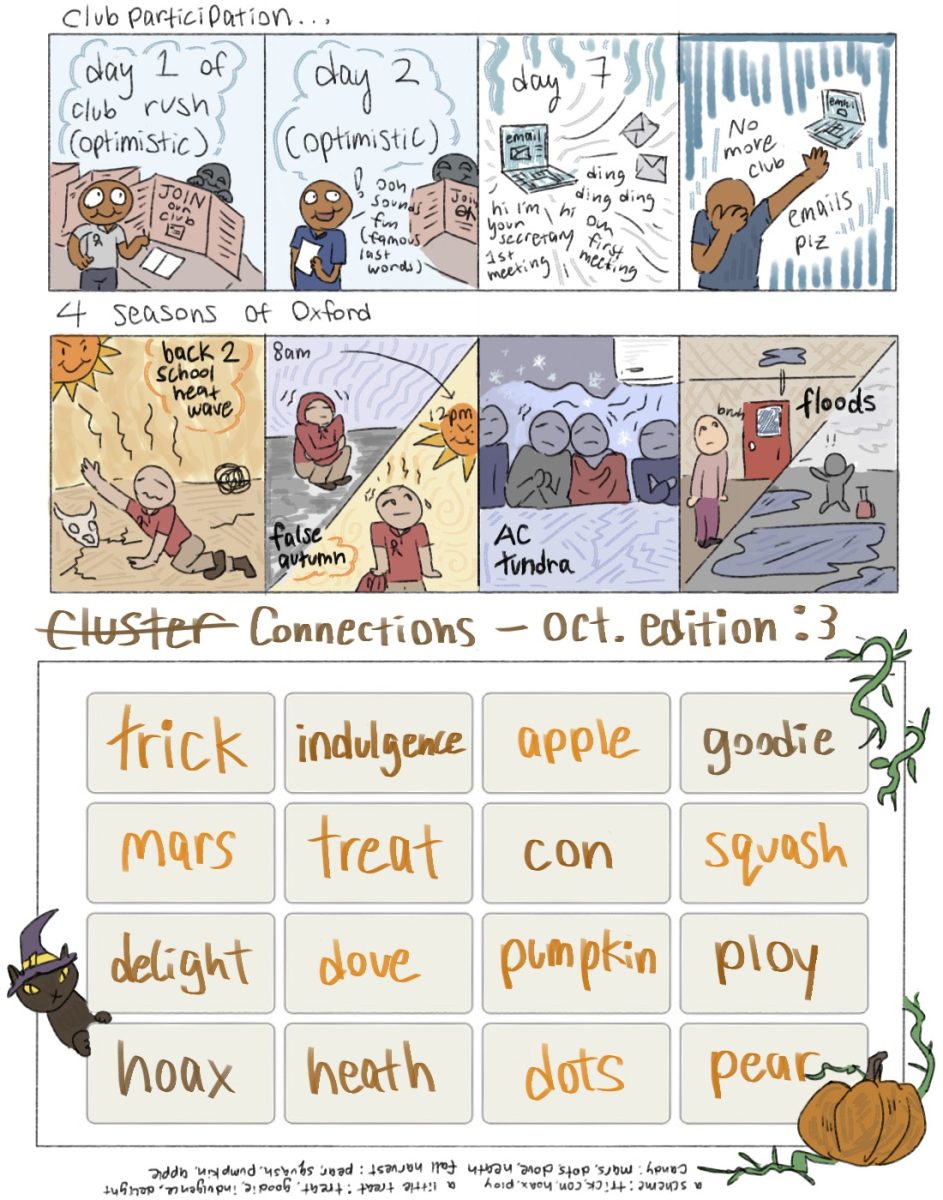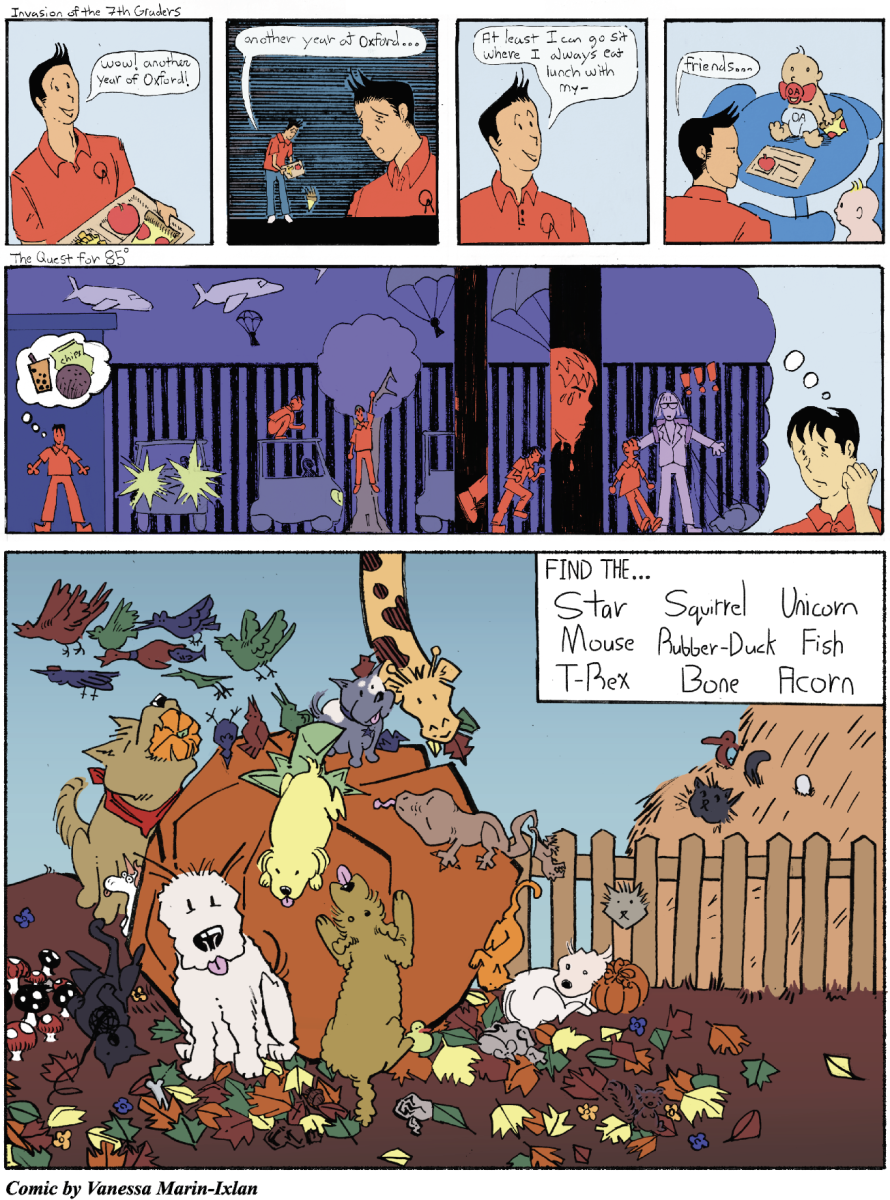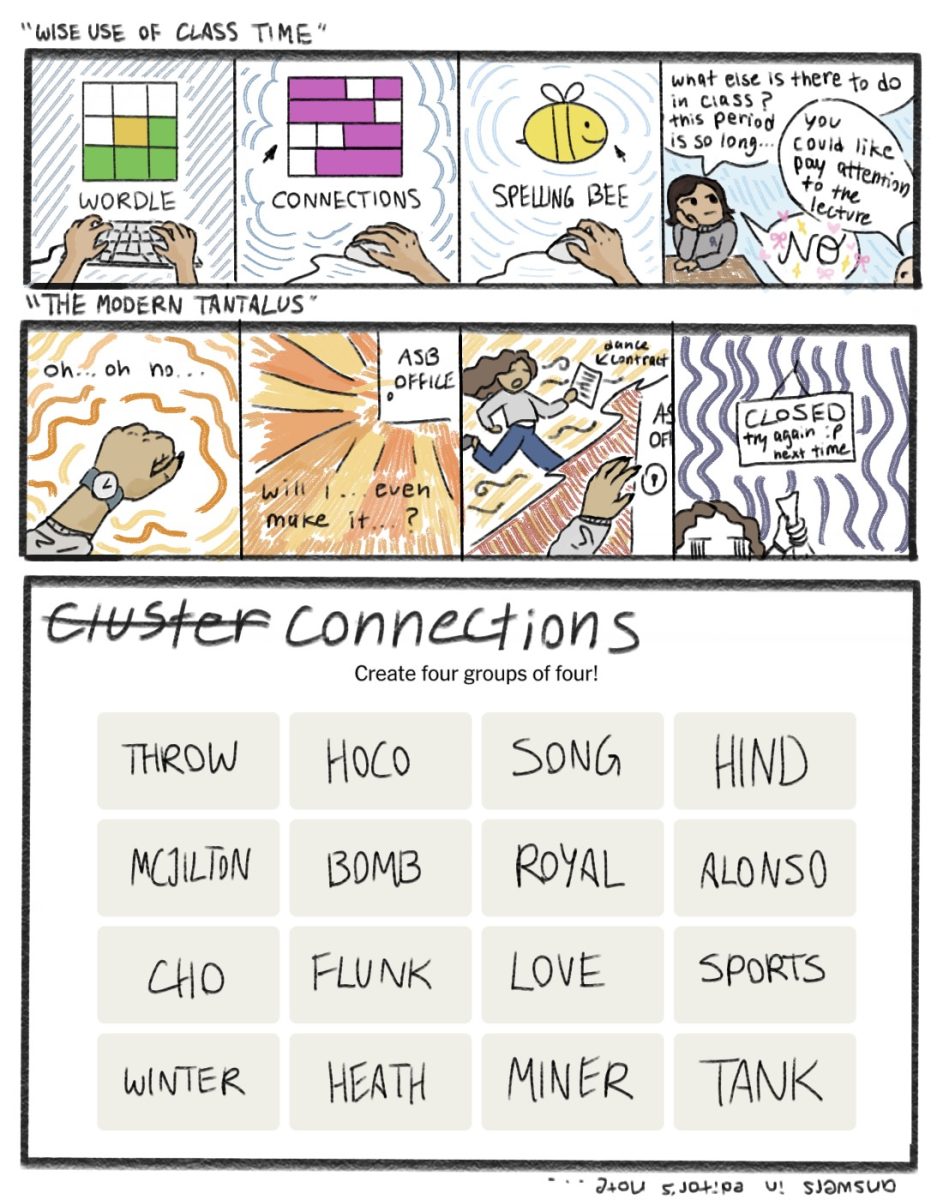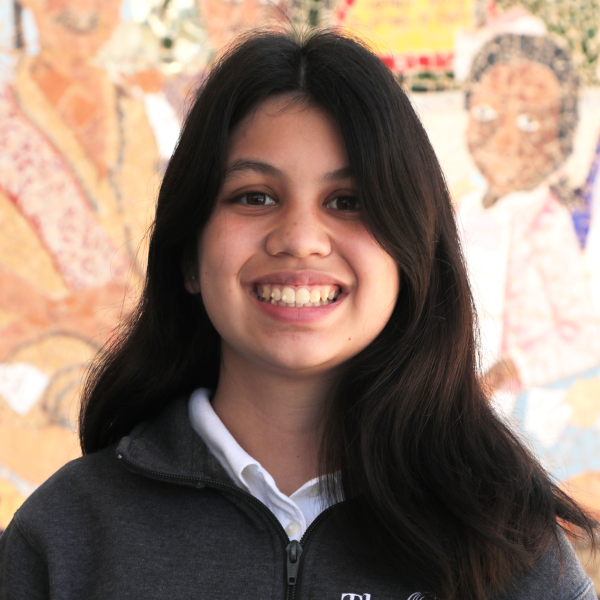On July 21, junior Annie Gao represented Oxford at the Community Anti-Drug Coalitions of America (CADCA) Mid-Year Training Institute. Taking place at the Gaylord Opryland Hotel in Nashville, Tennessee, the conference gathers students from across the United States to discuss drug use prevention with their peers. Gao’s presentation focused on California’s fentanyl crisis and covered the impact of and solutions to widespread opioid misuse.
Having been part of Oxford’s HOSA chapter since seventh grade, Gao has an extensive background in the medical sphere. HOSA has worked with CADCA to facilitate the Training Institute for two years, so it gave her the exclusive opportunity to apply for this conference. The process left her one of seven HOSA students presenting at the Mid-Year Training Institute, and from there, she started preparing her presentation in February with training from CADCA Technical Provider Assistants, focusing on building an inspirational message to her viewers. Oxford biotech teacher Mr. Cuenca served as an advisor to the entire team and gave Gao additional guidance.
Before this, Gao had no background regarding drug health, but she cites this as “an interesting part of this learning experience,” as her research on the topic led her to interesting and surprising discoveries, namely that “harm reduction” strategies are less effective than true drug use prevention. She believes it’s important to continue teaching these lessons into junior high and high school so students better understand how to seek help.
“I think from a young age, like we’re taught that it’s bad…But then by the time we’re in middle school…there’s less of a restriction,” Gao said. “And I feel like students become so much more prone to it because of the lack of mental health support and how strict our academics can get.”
According to their website, the CADCA has trained nearly eighteen thousand workers in thirty countries from their base in Virginia. They “champion prevention strategies that address substance misuse and the broader factors shaping community health” in collaboration with civilians, law enforcement, media, healthcare workers, and tribal communities. Part of this manifests through the Mid-Year Training Institute, which brings together professionals from all sides of the prevention field and future healthcare workers since 2001.
Gao’s presentation fell on the second day of the conference, and she immediately felt the difference from HOSA, where she presented to her classmates rather than “speaking in front of a group of people that [she] was really unfamiliar with.” Although it was “nerve-wracking,” she found her time there both enjoyable and satisfying — the head of CADCA attended her presentation, and she appreciated seeing her passion reflected in her peers.
“I think the focus or the purpose of our presentations were to inspire the other youth at the Training Institute to…create these prevention projects in their own communities,” Gao said. “Being able to spread that message [that] the youth can achieve this too…was very fulfilling.”
Gao doesn’t currently have further plans regarding drug advocacy, as her presentation was more of an “in-the-moment experience,” but she aims to pursue a new project related to drug health soon and inspire others to do the same.
“I hope the fellow youth at the conference could be inspired to make change in their community,” Gao said. “I think being that catalyst for change is something that all of us are able to do.”



